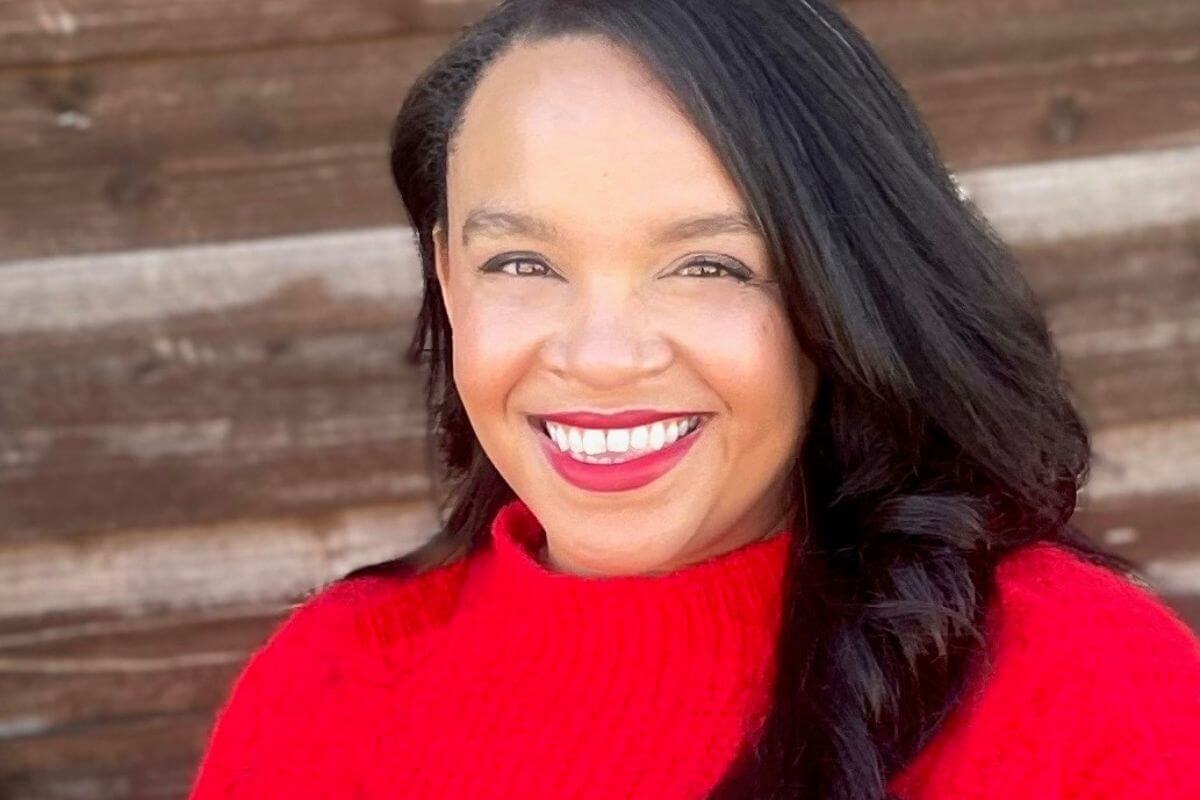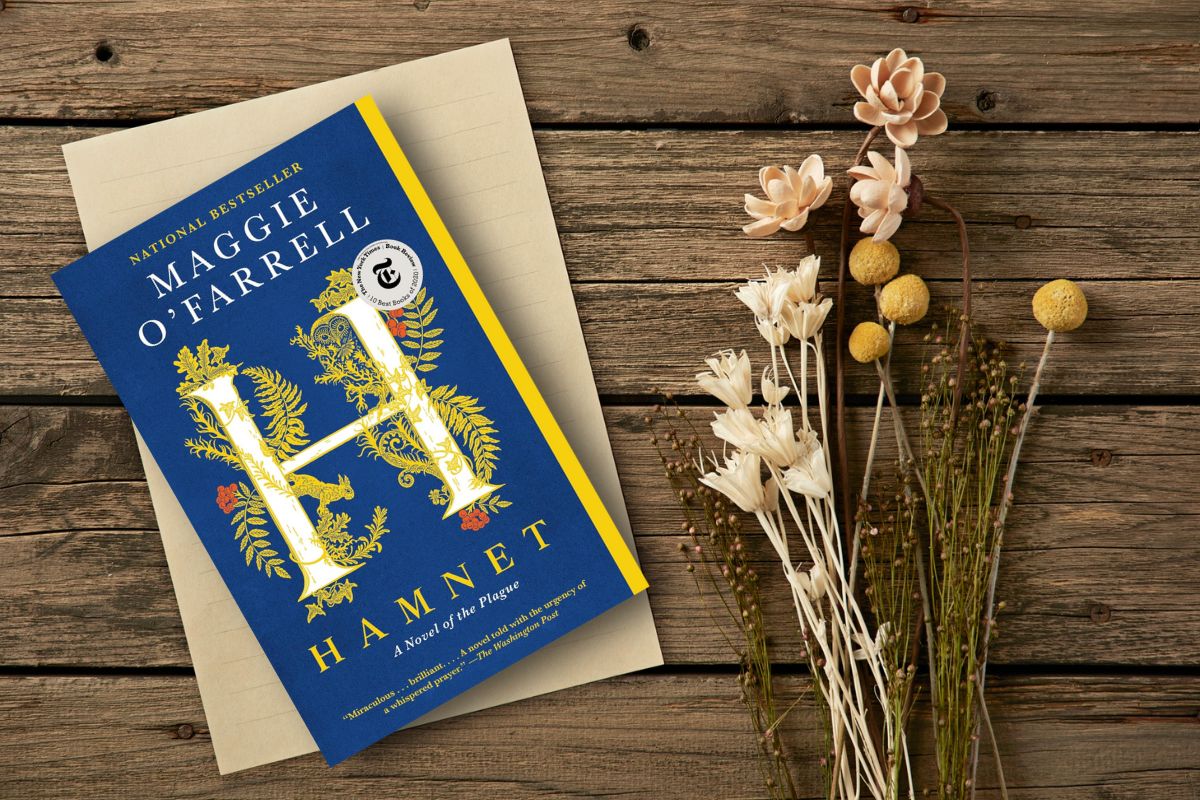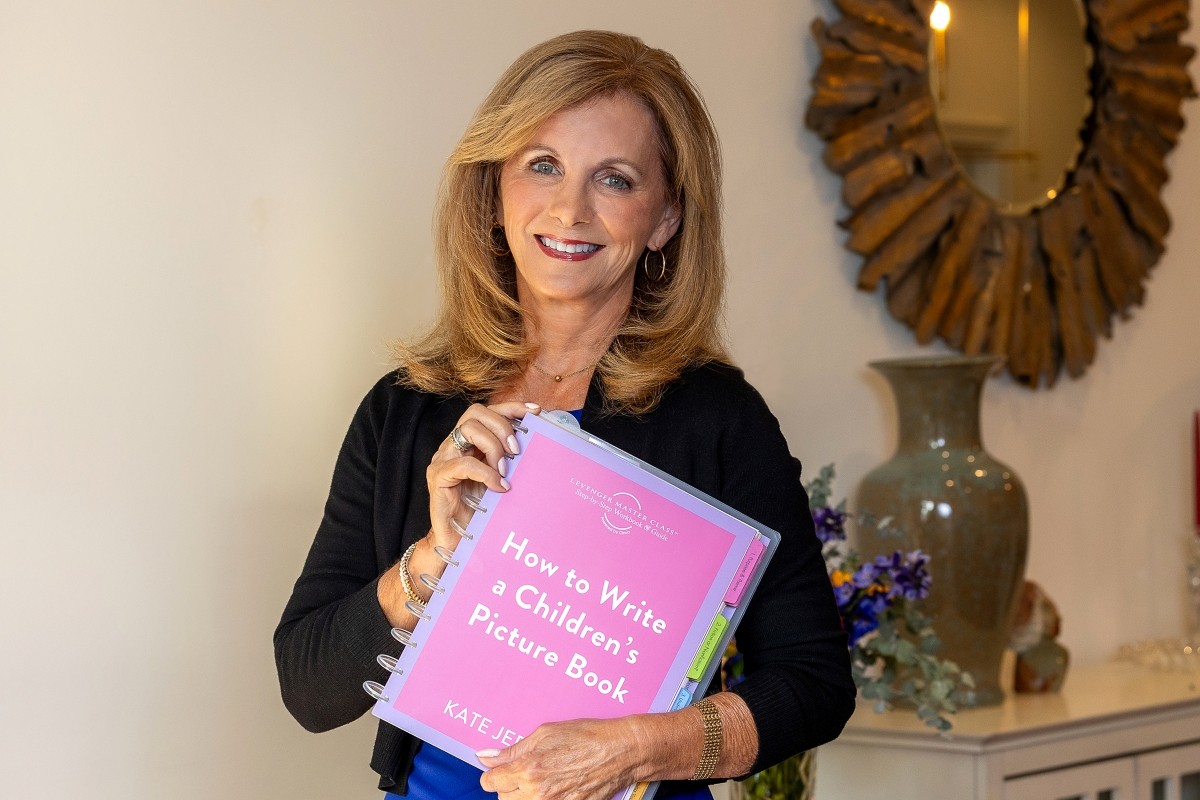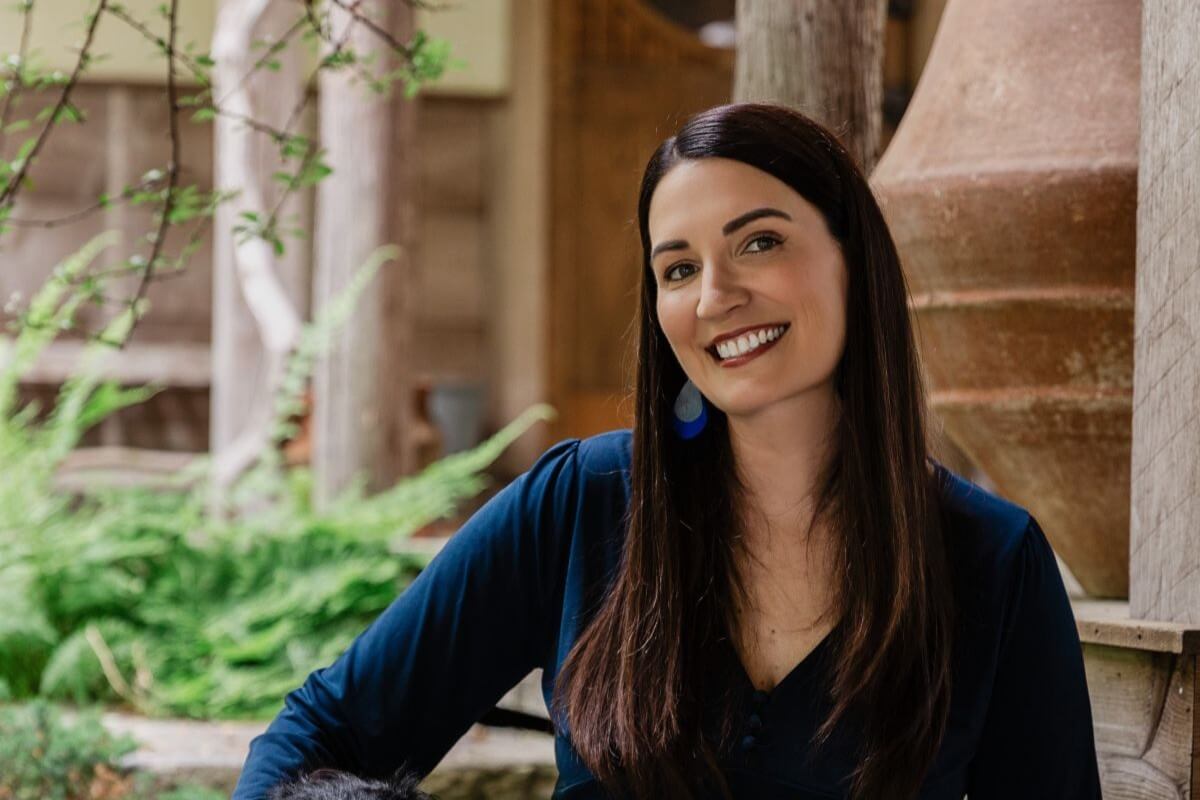Alexa Martin lives in Dallas with her husband, four children, and a German Shepherd. The Playbook Series was inspired by the eight years she spent as an NFL wife and her deep love of all things pop culture, sparkles, leggings, and wine. When she’s not dreaming up her next romance hero, you can find her catching up on whatever Real Housewives franchise is currently airing or filling up her Etsy cart with items she doesn’t need.
Romantic comedies are like candy. They are little morsels of joy that are sweet and easy to read. From classic movies like When Harry Met Sally and Pretty Woman to comfort reads like Jasmine Guillory’s The Wedding Date and Emily Henry’s Book Lovers, these stories are the safe, reliable treats that never let you down.
In a time when things in the real world seem to be getting harder by the day, romantic comedies are the perfect escape. There’s nothing I appreciate more as a reader than slipping into a book where the only thing that competes with the swooning is laughing. As an author, though, the task of creating these stories can be a little more intimidating. If my own children don’t laugh at my jokes, how can I expect to craft a story where humor is as much of a pull as the romance? Thankfully, for those of us who doubt our comedic chops, there are a few tips and tricks to help you plot out your next romcom.
Feel the (Romance) Beats
Story structure is important across all genres, but when it comes to romantic comedies, there are classic story beats that most stories share.
Introduction
Readers meet your main character (or main characters) before they meet each other. Establish your character’s goal and misbelief.
Meet Cute
When you think of romcom, this is the beat that stands out the most. Sparks fly as your characters meet and begin their journey as a couple. This memorable meeting will set the tone for the rest of the story, so be sure to hit the right note.
Sexy Complication
A new development arises that amps up the stakes and creates conflict. The sexy complication will show the main character’s goal clearly, set up their interests, and highlight where their internal wants clash with their external goals. This beat is a breeding ground for increased conflict, so turn up the heat! Allow one or both of your characters to see one another through a different lens and amp up the romantic tension.
Falling in Love
Showcase your characters’ chemistry and all the ways they work together. This is where your characters can’t seem to stay away from each other. They can begin to imagine a future together, and your readers are watching as they fall in love. Lean into dialogue, scenes, and character arcs that are sweet and over-the-top. It’s okay to write a scene that might not seem “realistic” if it makes for a compelling story.
Turning Point
The turning point is where things might seem like everything is great, but the problems are mounting beneath the surface. Your main character has been evolving, but there’s still a chance they could go backward. They still need to prove to themselves and readers that they have grown. This can be where the relationship takes a turn. So if it was enemies to lovers, they finally become physical (depending on the heat level), or if it was more instant love, this could be where the cracks start to really appear.
Third Act Break Up
In romance, the black moment often takes place in the relationship crumbling and the couple breaking up. In this beat, you want to take all of your characters’ misbeliefs and insecurities and throw them at them. All should seem lost at this moment. Although a third act break up is the traditional beat here, some readers are becoming apprehensive of the usage of a break up as a plot device. If your characters do break up, be sure there is a good reason. This should advance your story, not stall it. Depending on your couple and the story you’re telling, you might want to keep them together and have them face an exterior challenge together.
Happily Ever After
The couple overcomes their conflict and comes together. This is often where you will find a grand gesture from one or both of your characters. While most beats are suggestions, this is a mandatory requirement when it comes to writing genre romance.
Shenanigans and Antics
Putting your characters in uncomfortable situations is almost always going to get a laugh out of readers, if not pique their interests. Other people’s misfortune can be funny, precisely because it didn’t happen to us. So don’t be afraid to make your characters squirm.
Sometimes the humor is simply in the absurdity of a setup. In How to Sell a Romance, my main character, Emerson, is a struggling kindergarten teacher who is in such desperate need for extra money, she’s convinced to join a skincare multi-level marketing company. At the company’s convention, she meets Lucas and sparks fly. After a night of fun and passion, things take a turn when she realizes he’s an investigative reporter set on bringing down her new company. They vow to never see each other again, but when they discover she’s his daughter’s teacher, their plans are forced to change again.
Since joining an MLM isn’t pleasant, let alone romantic, this automatically sets the tone for the entire book. I put her in situations that made me cringe while writing, but the payoff was being tagged by readers telling me they laughed out loud while reading. Emerson goes through it, but readers love it because they can understand the feeling. There is humor in relatability!
Tropes
A romantic trope is a theme, character, or plot device that’s been used so often it’s become conventional (and therefore easily recognizable) in the genre. The reasons tropes are used over and over again are that they work. Friends-to-lovers. Opposites attract. Forced proximity. There’s natural conflict baked into these situations already. And in a rom-com, this is where you start mining for comedic gold.
Banter
If you read reviews (which you probably shouldn’t), then you know nothing lingers in the hearts of readers like good, solid banter. A series of back and forth between your main character and lover interest can be just as exciting and sexy as the first time they kiss or, depending on your heat level, do other things. There is tension and buildup in these scenes, that no matter what the two characters are actually saying, show so much more happening beneath the surface.
As a general rule, you never want to let your characters get too mean. Banter is supposed to be fun and flirty. Think good-hearted teasing, not cold-blooded torture. While their words can still have a bite to them, body language, action, or internal dialogue can help convey the true playfulness of the situation. At the end of the day, you need the readers to want these characters to end up together, but that won’t happen if one spends half the novel acting like a total jerk.
Just like with all romance novels, the opportunities and situations for stories to be told are endless. Let these tips help guide your story while knowing you have everything you need to get your readers laughing and swooning all the way to their happily ever after.

How to Sell a Romance by Alexa Martin
Dive into a pyramid scheme of love and laughs in How to Sell a Romance! Alexa Martin delivers a hilarious rom-com where kindergarten teacher Emerson joins a shady makeup MLM to make ends meet, only to fall for Lucas, the reporter out to expose it. Sparks fly, schemes unravel, and love might just be the biggest con of all!
Buy the book now: Bookshop.org | Amazon | Barnes & Noble














Leave A Comment